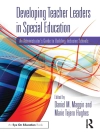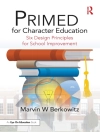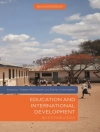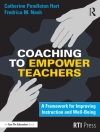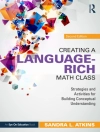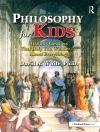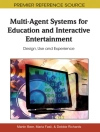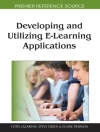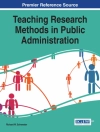‘Foregrounds contributes to the development of theories of learning, in particular to theories of learning mathematics. It is relevant to students, student teachers, and researchers in the field of education as well as in mathematics education. Foregrounds contains six parts. Part I provides a summary of the notion of foreground as it has developed since the author introduced the idea in Towards a Philosophy of Critical Mathematics Education. In Part II, the reader meets some students who tell us about their neighbourhood, about drug dealing, violence, and about playing football. They tell us about their teachers, about mathematics, and about what they would like their teachers to do. They tell us about their hopes, expectations, and frustrations. Part III presents the notions of intentionality and life-world as developed by Brentano and Husserl. However, in Part IV the author provides a radical reinterpretation of these two notions. He describes “real-life intentionalities” and “real-life worlds” as profoundly structured by a range of social factors. Part V is composed as a meeting between, on the one hand, the students and their experiences as presented in Part II, and on the other hand these notions of “real-life intentionalities” and “real-life worlds”. Through this meeting the author develops further the notion of foreground. The concluding part (Part VI) brings more examples as illustrations. Ole Skovsmose has a special interest in critical mathematics education. He has investigated the landscape of investigation, students’ experience of meaning, project work, mathematics education and democracy, mathematics in action, and mathematics and power. He has published more than 20 books in Danish, English and Portuguese as well as a huge number of articles. Sense has published the following books by Ole Skovsmose: Travelling through Education, In Doubt, An Invitation to Critical Mathematics Education, and Opening the Cage: Critique and Politics of Mathematics Education, which is edited together with Brian Greer.’
Tabla de materias
Acknowledgements; Introduction; PART I: Where our stories begin; 1 Long ago, in Denmark; 2 A foreground; 3 Foreground investigations; 4 A proof; 5 The Delta syndrome; 6 Fear of dreaming; 7 A ruined foreground; PART II: Students; 8 Rio Claro; 9 Maria Eduarda, Carlos Henrique, Jessica, and Victor; 10 Some questions; 11 Where do you live?; 12 What do you think about going to school?; 13 What do you like to do together with your friends?; 14 What are you doing in mathematics?; 15 What do you want to do in the future?; 16 Do you see some relevance of mathematics for your future?; 17 Inter-viewing; PART III: Intentionalities and life-worlds; 18 Brentano and Wundt; 19 Franz Brentano was born; 20 Brentano’s intentionality thesis; 21 Brentano’s duality thesis; 22 Brentano’s proto-phenomenology; Intermezzo: Forward or backward explanations?; 23 From proto-phenomenology to phenomenology; 24 An isolated subject; 25 A universal subject; 26 A pure subject; 27 Two important notions: intentionality and life-world; PART IV: Real-life intentionalities and real-life worlds; 28 Reformulations are needed; 29 My dirty stream of consciousness; 30 The opaque mind; 31 Real-life intentionalities; 32 Real-life worlds; 33 Actions; 34 Intentions-in-learning and foregrounds-for-learning; 35 Learning as action; PART V: Students’ intentions-in-learning and foregrounds-for-learning; 36 A meeting; 37 Imaginations; 38 Provinces of life-worlds; 39 Multiplicity; 40 Discrimination; 41 One more question; 42 Meanings; Intermezzo: Learning as behaviour; 43 Intentions-in-learning mathematics and foregrounds-forlearning mathematics; 44 Obstacles for learning mathematics; 45 Inter-viewing foregrounds; PART VI: Opaque stories; 46 Opaqueness; 47 A story about intentions-in-learning; 48 Explorative notions: intentions-in-learning; 49 Victor Frankl tells; 50 Explorative notions: foregrounds-for-learning; 51 Opaque concepts; 52 What became of them?; References; Name index; Subject index.



